SLIM: Unyielding Defiance Amidst Adversities
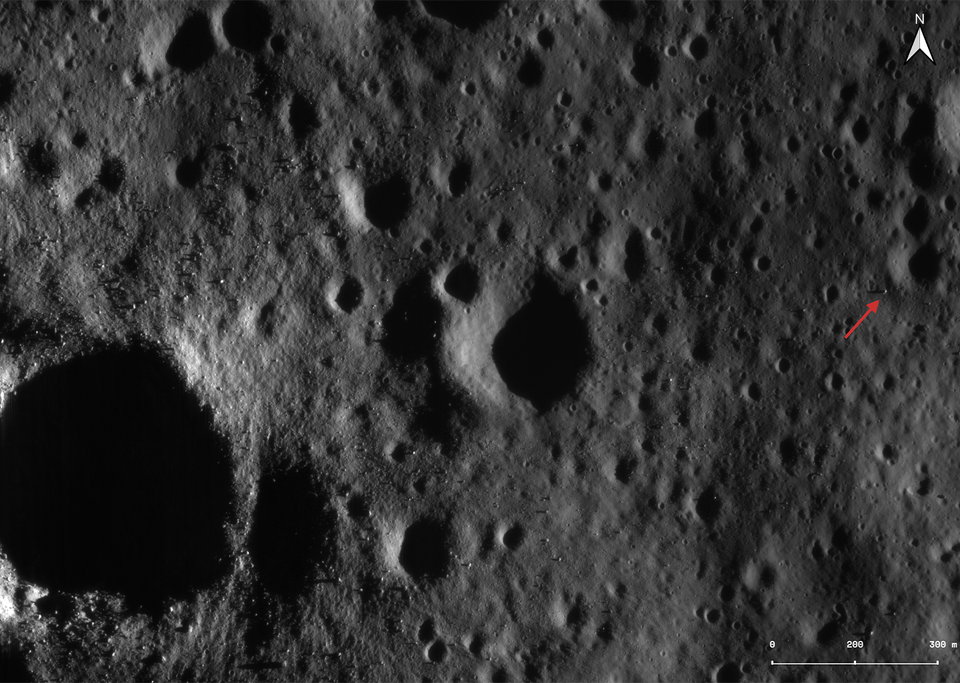
First High-Resolution Image
On March 16, 2024, at approximately 04:57 UTC (10:27 IST), the Chandrayaan-2 Orbiter captured one of the highest-resolution images of SLIM. This image stands out as one of the highest-resolution captures from Chandrayaan-2, which typically produces images with a resolution between 20-30 cm per pixel. Remarkably, the resolution for SLIM was even finer, at around 16 cm per pixel—making it one of the highest-resolution images ever produced by the Orbiter's High-Resolution Camera (OHRC) - at least from the ones I have seen so far!
Ordinarily, Chandrayaan-2 operates at an altitude of 100 km, such as when it imaged the Vikram Lander from Chandrayaan-3. However, for this specific capture of SLIM, Chandrayaan-2 descended to a lower altitude of 63.7 km, enabling the unprecedented clarity of the image.

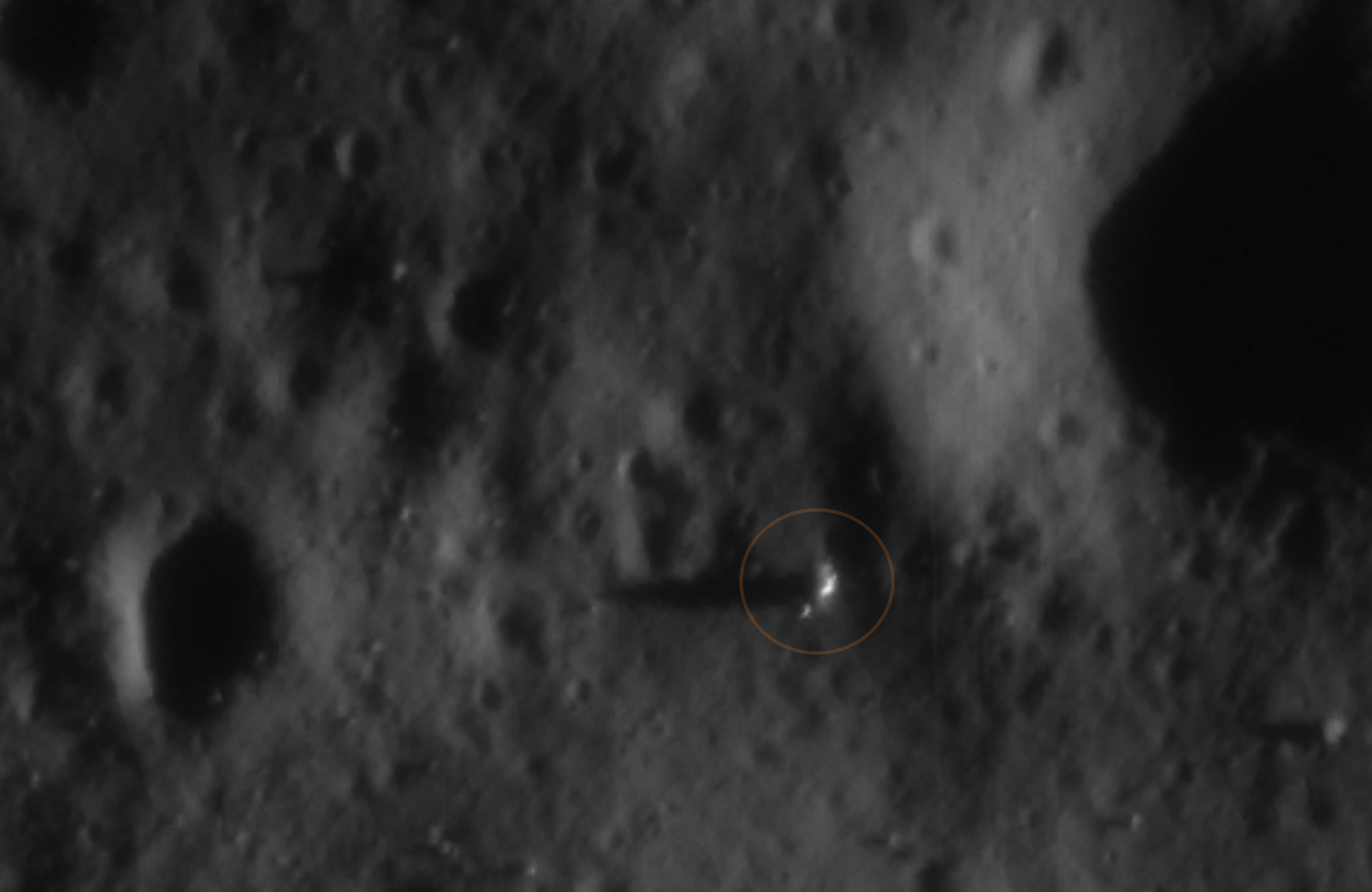
Pre- and post-landing OHRC images of the SLIM landing site. The left image ch2_ohr_ncp_20210401T2357376656_d_img_hw1 was taken on April 1, 2021. The right image ch2_ohr_ncp_20240316T0457443193_d_img_d18 was captured on March 16, 2024. Encircled is SLIM visible on the right at coordinates -13.3030219,25.2308241 Credits:ISRO/C.Tungathurthi
The left-hand image, captured by the Chandrayaan-2 orbiter at an altitude of 104 kilometers and a resolution of 26 centimeters, lacks accompanying metadata regarding solar azimuth and incidence angles. However, the orientation of the minimalistic shadows suggests acquisition during the lunar zenith when the solar longitude was westerly. In stark contrast, the imagery on the right—captured post-landing—demonstrates substantial enhancements.
The latest imagery from March 16th boasts an increased resolution of 10 centimeters per pixel, significantly refining the visual acuity of lunar surface topography. This resolution enhancement facilitates a more precise delineation of crater morphology and adjacent regolith features, which are vividly more discernible in the post-landing frame.
Moreover, this post-landing capture likely occurred during the initial lunar morning hours, approximately at sunrise. The solar azimuth is noted at 88 degrees, with a remarkably shallow solar incidence of around 6 degrees, positioning the sun "just" above the horizon. This geometry results in the elongation of shadows cast by lunar surface features, further accentuating the topographical details in the image.
Surviving the harsh Lunar nights
SLIM, the compact exploration lander of the Japan Aerospace Exploration Agency (JAXA) has already successfully demonstrated precise landing capabilities. It had been reactivated the second time, miraculously survived its second night, and now managed to survive its third Lunar night. SLIM has already fulfilled its FULL criteria and continues to achieve additional 'extra' goals, further extending its mission life.

Despite this success, the lander keeps facing challenges to endure the harsh nights; specifically, its battery cells and temperature sensors exhibit signs of wear and tear. Although the Multi-Band Camera (MBC) remains functional, JAXA is uncertain if SLIM will resume operational activities after enduring its third lunar night.
Harsh Environment
While a more scientific analysis of the contributing factors for the operational status of SLIM beyond its intended design specification is yet to be published, an underlining supposition could be made on its favorable equatorial landing site.

The average temperature in the equatorial region is typically around 400K(126°C), while the nighttime temperature can drop to approximately 95K (-178°C). In contrast, the average year-long temperature in the polar regions is about 98K (-175°C), not accounting for the permanently shadowed regions (PSRs). This significant temperature variation likely contributed to the successful reactivation of the ill-fated lander after each lunar night, occurring three times as of the date of this article. This capability, a noteworthy advantage, was unfortunately not available for Chandrayaan-3's Vikram lander, which now serves as India's permanent lunar ambassador.
A Brief look back at SLIM's landing
SLIM, the "Smart Lander for Investigating Moon" from JAXA, opted for a notably longer and somewhat unconventional trajectory to the Moon, taking approximately 19 weeks from launch to landing. This extended journey ranks it among the longest missions to the Moon. However, this was a deliberate choice, in line with its designated mission objectives. A key goal of SLIM is to enable more frequent lunar and planetary explorations by planning and designing cost-effective missions that utilize lightweight probes, capitalizing on Moon-Earth dynamics.
SLIM lander trejectory simulation prepared by Tony Dunn.
In the days leading up to its final and successful landing, JAXA shared detailed updates on SLIM’s descent toward the Moon's far side, including several releases of trajectory information and images captured during this descent phase.
The Far Moon Descent Maneuver (FDM) involved detailed telemetry, with 3D representations of SLIM’s orientation corresponding to specific moments in time. These visualizations provided key insights: the left view illustrated the lander’s attitude as seen from the sun, crucial for assessing the power generation status of the solar cells, while the right view depicted the attitude as seen from Earth, highlighting the status of antenna communications. These perspectives were instrumental in ensuring the lander's operational efficiency and communication reliability during its critical final approach.
Far Moon Descent Maneuver (ADM) of SLIM synced with the telemetry released by JAXA. Credits: JAXA/C.Tungathurthi
Here's the same FDM re-created using the actual trejectory information.
Towards Landing & Critical Failure
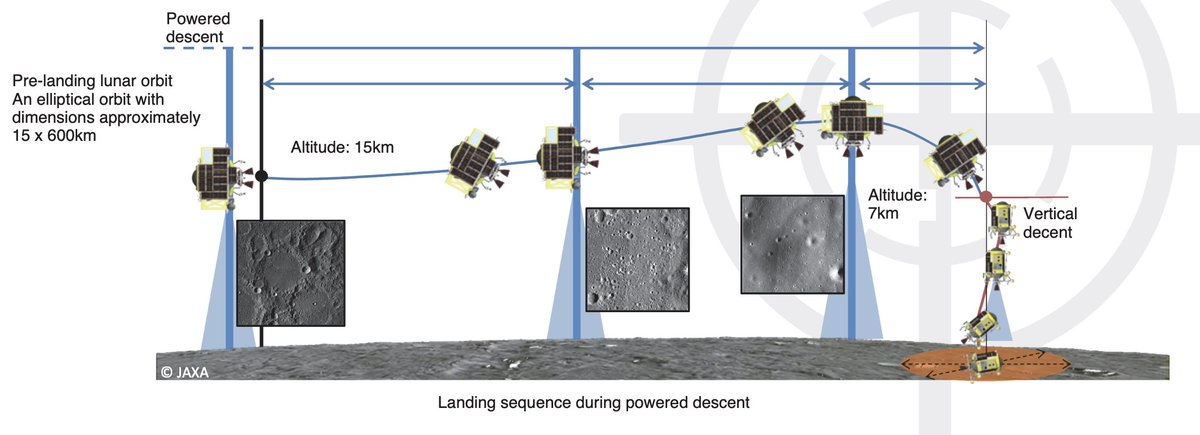
Despite an otherwise pristine launch and approach leading up to the landing, SLIM encountered a critical issue when it lost one of its engines just before landing due to an 'unknown' abnormality during its vertical descent phase, specifically just above an altitude of 50 meters. The exact cause of the engine's sudden failure is still under investigation. Despite this setback, the now-crippled lander managed to crash-land only 55 meters away from its intended landing site, demonstrating some resilience in its trajectory control systems under adverse conditions.
You can read the public press release here:

Vision based pin-pointed landing

Despite a critical engine failure, SLIM successfully achieved a high-precision landing, fulfilling its primary objectives and now continues with its extended mission goals. Before initiating the powered descent phase, visual-based navigation was activated three times to refine the spacecraft's position. It was then employed twice more to correct its planned trajectory, and twice during the actual vertical descent, enabling the lander to touch down within 50 meters of the targeted location. In total, seven crucial corrections were made.
The precision of SLIM's landing was ensured by the spacecraft accurately self-locating within three strategically spaced craters. This meticulous positioning process involved continuous adjustments and real-time data processing to achieve the remarkable accuracy required for a successful mission outcome [2]
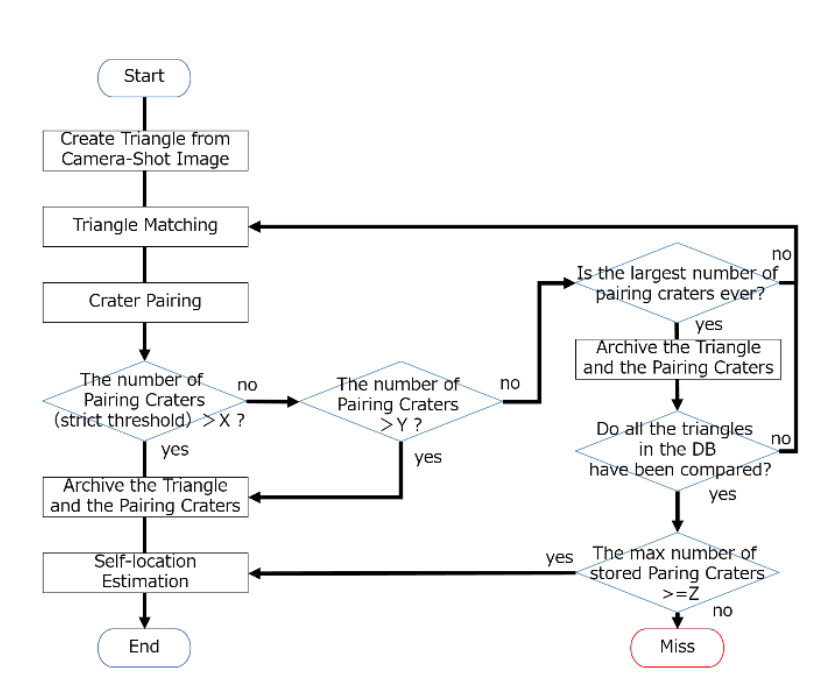

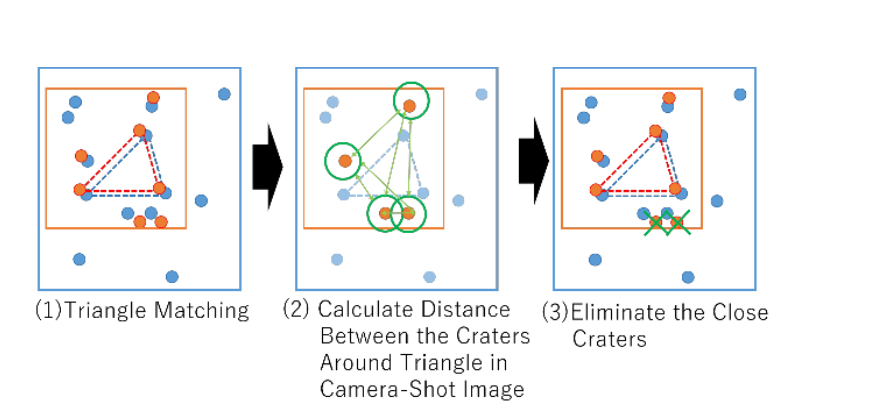
An overiew of the pin-pointing landing algorithm [2]
Here’s a detailed overview of the precise landing process:
- Crater Identification: A robust method is employed to identify all the craters from images captured by the navigation camera. These images are analyzed to pinpoint crater features, essential for the subsequent steps.
- Crater Selection: From the identified craters, a process of careful selection is undertaken to choose three craters that form a geometric 'triangle'. This selection is critical as it provides a foundational reference for precise localization.
- Crater Database Matching: The triangle of craters is then matched against a pre-loaded crater database. This database contains detailed maps and positional data of known craters, which allows for an accurate comparison and verification.
- Crater Pairing: For additional confirmation, adjacent craters are matched in a process known as "Crater Pairing." This step cross-verifies the initial matching by considering the spatial relationship between nearby craters.
- Position Determination: Once the crater configurations are confirmed, the precise landing location is determined based on the located positions of the identified craters. This multi-step process ensures the accuracy of the lander’s final touchdown point.
These systematic and interlinked steps form a comprehensive approach to achieving a high-precision landing, critical for the success of the mission and the safety of the lander.

The entire landing sequence, from crater identification to position determination, has been meticulously optimized to enhance robustness under various challenging conditions. This optimization ensures the process can adapt to different illumination conditions and crater sizes, and it also involves filtering out craters that might introduce inaccuracies in the landing coordinates. The most crucial aspect of these enhancements is to make crater detection from camera images more efficient, especially considering the limited computational resources available on the lander while still maintaining high accuracy.
In my next post, I'll delve into the specific methods employed for crater detection, highlighting the techniques and technologies that enable precise analysis from navigation camera images. Following that, I will return to provide a more detailed walkthrough of the entire process, offering insights into how each step contributes to the successful and precise landing of the mission.
[1] https://www.diviner.ucla.edu/science
[2] Waragai, Yuka, et al (i-SAIRAS 2020). 2020.
[3] Takino, Tatsuya et al. “Crater Detection Method using Principal Component Analysis and its Evaluation.” Transactions of The Japan Society for Aeronautical and Space Sciences, Space Technology Japan 14 (2016):


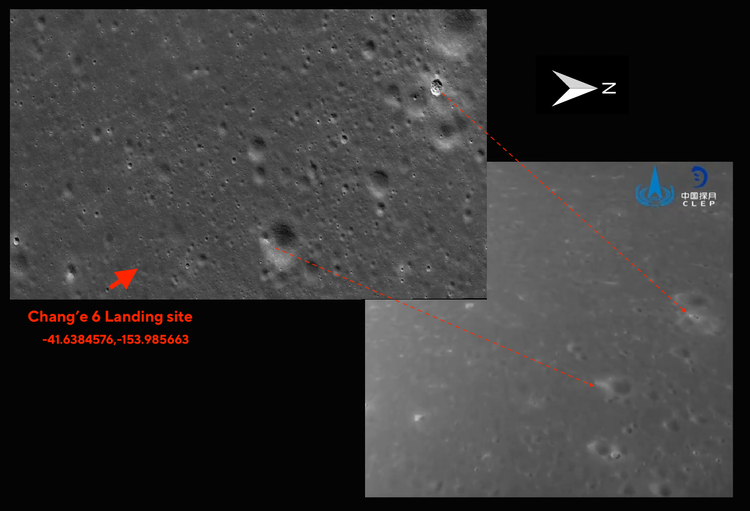
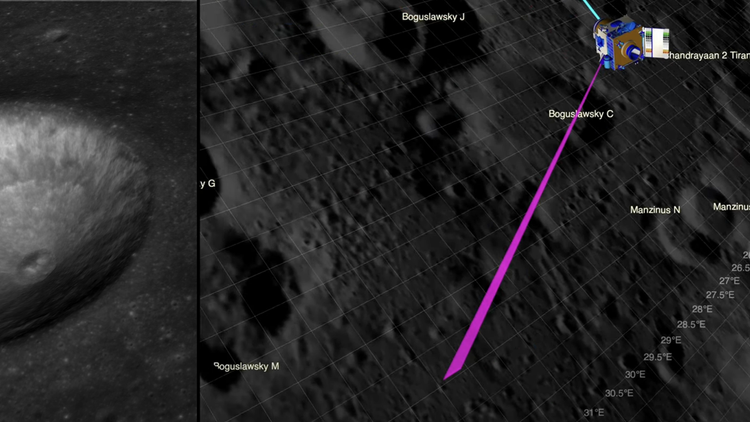
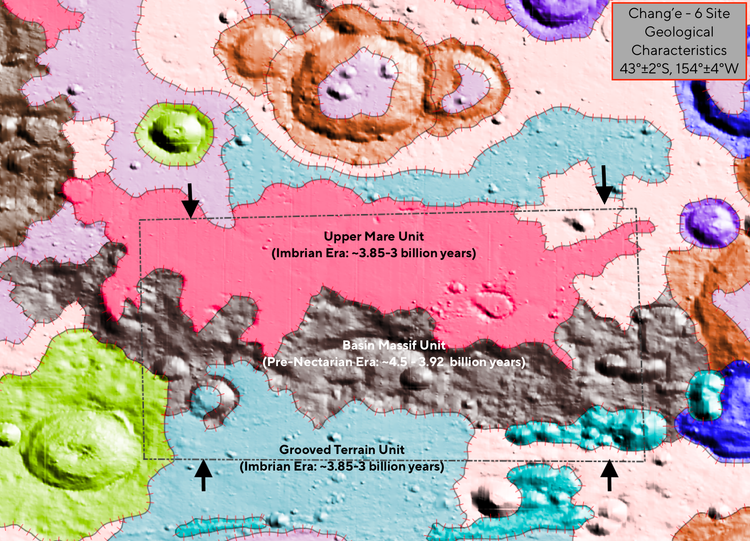
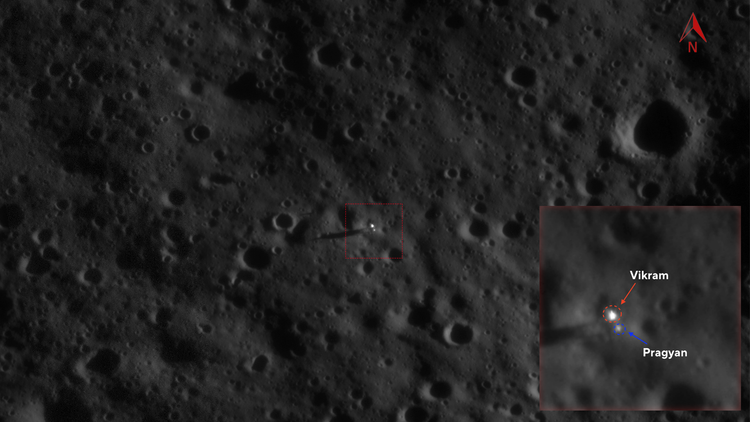
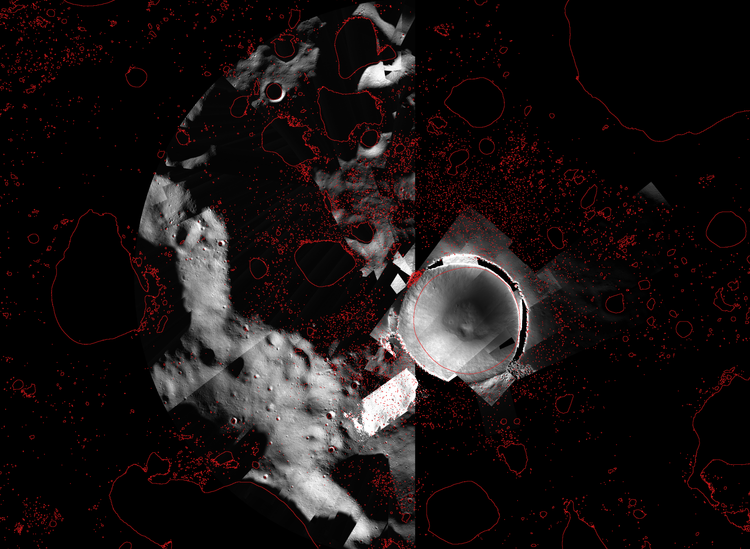
Member discussion